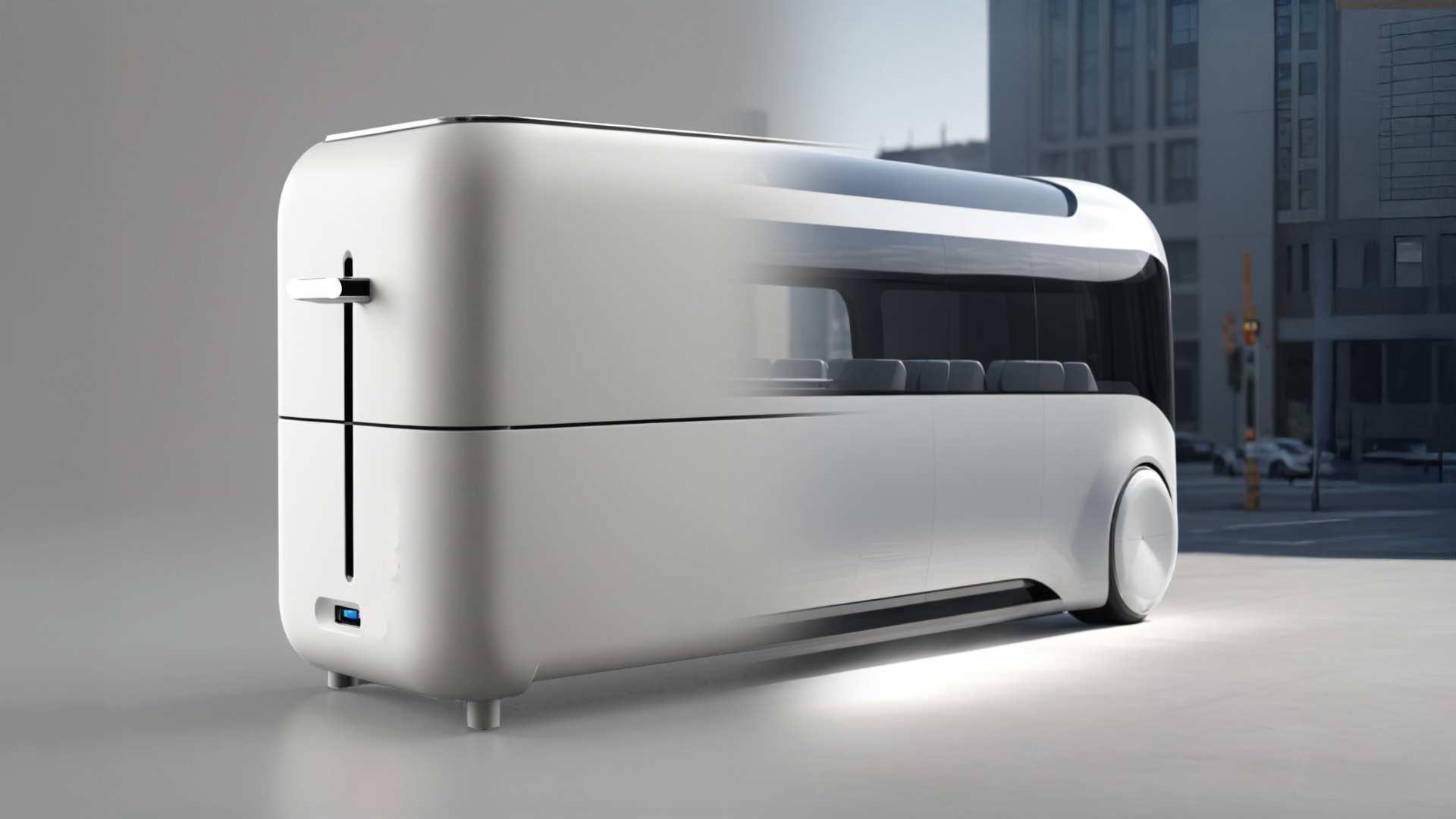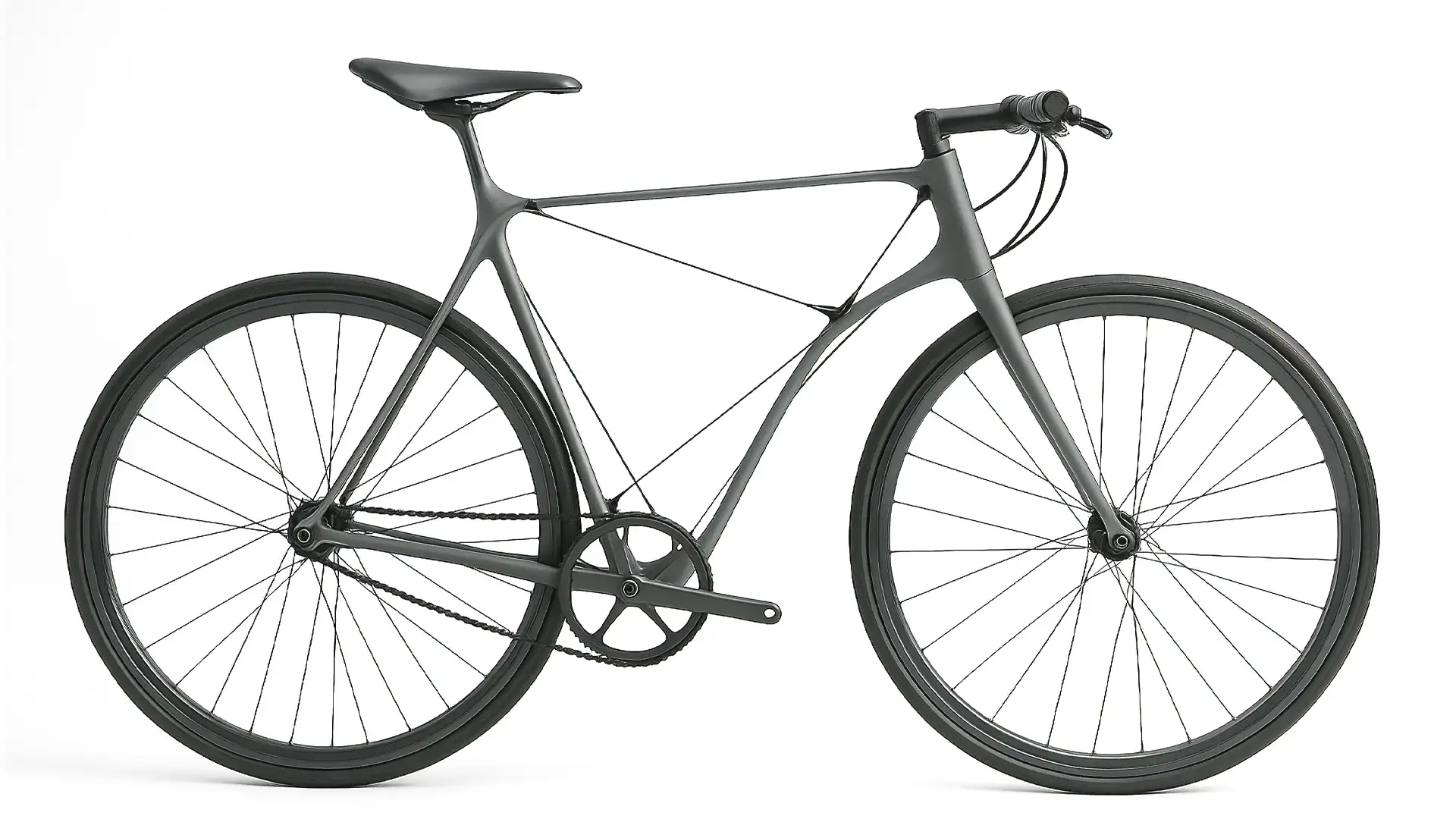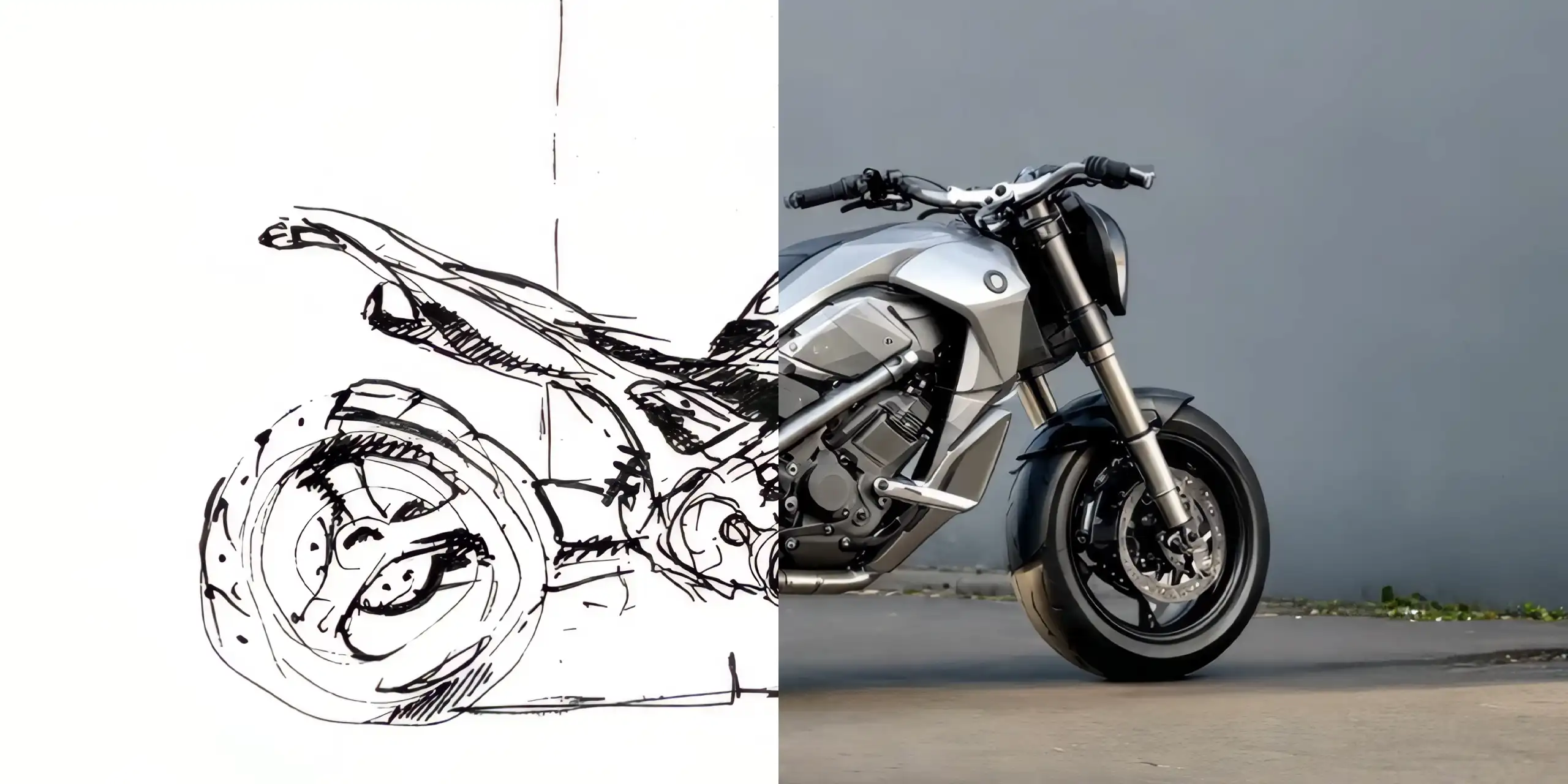When your product is too original for the algorithm to understand
As industrial designers, we’ve quickly integrated AI into our workflow. Tools like Midjourney, ChatGPT and others help us iterate faster, explore form variations and visualise material directions at speeds that were unthinkable just a few years ago.
Working with this software, we’ve noticed something interesting. When we upload new in-house design concepts into these tools, they sometimes fail to recognise the shape. The AI doesn’t know where to place it and, as a result, can’t extend the idea or generate meaningful variations. No matter what prompts we try or tweaks we make, the system stalls.
This might feel like a limitation, but you could also see it as a quiet compliment. If the model can’t process it, maybe the design is doing something the dataset has simply never seen before.
Originality Is a Blind Spot
Most AI systems are trained on vast libraries of existing material, millions of images of products, fashion, furniture, vehicles, technology. They are built to recognise patterns, to detect what is likely based on what already exists. And they do this remarkably well.
But when a design has no close precedent, the system struggles. It either mislabels the object, suggests completely unrelated content, or tries to “finish” it by reshaping it into something more familiar. This moment of friction has become an unexpected form of feedback. It tells us that our concept has stepped beyond what the algorithm can understand.
In a way, AI is an excellent detector of originality. If it can’t quite grasp your idea, there’s a good chance you’ve created something truly new.

Generative AI Likes What It Knows — and Prefers the Familiar
What’s revealing is how AI responds to unfamiliarity. It doesn’t just stop—it tries to fix it.
When a form is too different, the system adjusts it—nudging proportions towards the average, smoothing out details, simplifying composition. In short, it pushes your design back into a mould it already understands. Not because your idea is wrong, but because the system isn’t built to interpret true novelty.
This reveals a subtle but real pressure baked into many AI design tools: the pressure to conform. If used without critical distance, they can guide designers towards safe, recognisable solutions, objects that sit comfortably within existing categories, but offer nothing new.
If we’re not careful, we could end up reinforcing a narrow aesthetic, one that’s already dominant, rather than challenging it. A world full of lookalike products may feel safe, but it’s also a world where imagination and innovation stop.
That’s why we’re quietly pleased when AI doesn’t recognise our design, because it means we’re not following the pattern, we’re pushing beyond it!
Curious how we’re blending AI with our design workflow? Drop us a message.
This blog was published earlier as an article on Linkedin




